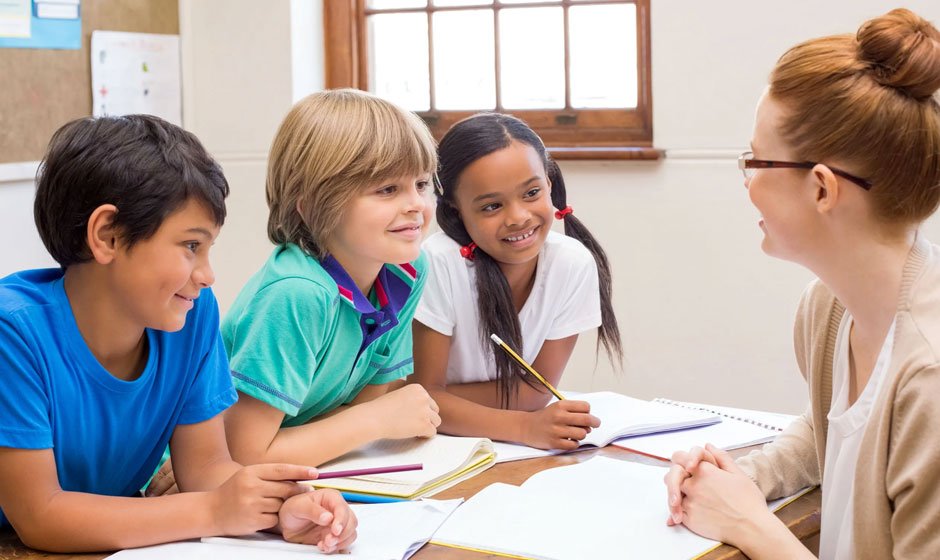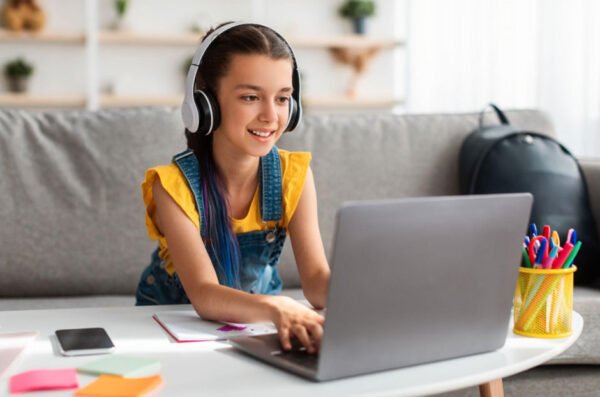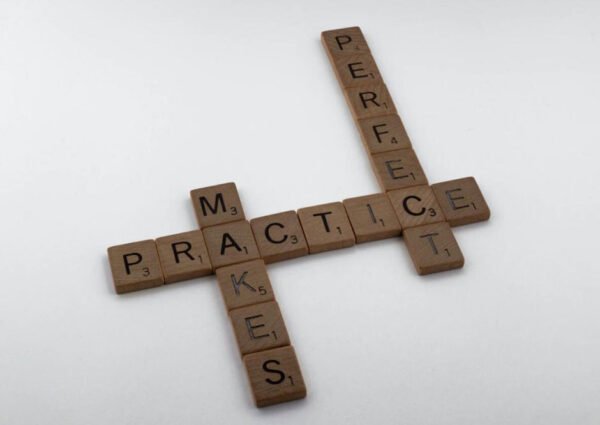The Development of an Inclusive Classroom

In today’s educational landscape, fostering inclusivity in the classroom is not just a commendable goal but a necessity. An inclusive classroom embraces diversity and accommodates the unique learning needs of every student, creating an environment where each individual can thrive. Achieving inclusivity involves a multifaceted approach that addresses various aspects of teaching, communication, and classroom design.
Understanding Diverse Learning Styles
The foundation of an inclusive classroom lies in recognizing and understanding the diverse learning styles of students. Different individuals absorb and process information in various ways – some are visual learners, while others may be auditory or kinesthetic learners. A teacher’s ability to identify and cater to these distinct learning styles creates an environment where each student can grasp and retain information more effectively.
Tailoring Teaching Methods
Differentiated instruction involves tailoring teaching methods to accommodate the diverse needs of students. This may include modifying the pace of lessons, providing alternative assignments, or offering supplementary resources. By incorporating a variety of instructional approaches, teachers can reach students at different proficiency levels, ensuring that each learner is appropriately challenged and supported.
Cultivating a Sense of Belonging
Creating an inclusive classroom extends beyond academic considerations. It involves fostering a sense of belonging and community among students. Teachers can achieve this by promoting collaboration, encouraging open communication, and implementing team-building activities. When students feel valued and accepted, they are more likely to engage in the learning process and contribute positively to the classroom environment.
Accessible Materials and Resources
Inclusivity also involves ensuring that educational materials and resources are accessible to all students. This may include providing alternative formats for textbooks, incorporating multimedia content, or utilizing assistive technologies. The goal is to remove barriers that might hinder certain students from fully participating in the learning experience due to physical, sensory, or cognitive differences.
Adapting Assessments for Varied Abilities
Assessment methods should be flexible and adaptable to accommodate diverse abilities. This may involve offering alternative assessments, allowing extra time for exams, or providing additional support during evaluations. By recognizing and accommodating different abilities, teachers can accurately assess each student’s understanding and progress.
Personalized Learning Plans: Tailoring Education to Individual Needs
Implementing personalized learning plans allows teachers to tailor education to the individual needs of students. These plans take into account each student’s strengths, challenges, and learning preferences, providing a roadmap for educators to create a customized learning experience. Personalized learning plans are particularly beneficial for students with learning disabilities, ensuring that they receive the necessary support to succeed academically.
Promoting Inclusive Classroom Design
Classroom design plays a crucial role in creating an inclusive environment. Consideration should be given to the physical layout of the classroom, ensuring that it is accessible to students with mobility challenges. Flexible seating arrangements, clear pathways, and designated spaces for group activities contribute to a more inclusive and accommodating classroom design. Additionally, creating visual displays that celebrate diversity and inclusion can contribute to a positive and affirming atmosphere.
Culturally Responsive Teaching Practices
In an inclusive classroom, teachers embrace culturally responsive teaching practices that recognize and respect the diverse backgrounds of their students. This involves integrating diverse perspectives into the curriculum, selecting literature and resources that reflect various cultures, and incorporating inclusive language that avoids stereotypes. Culturally responsive teaching fosters an environment where students see themselves represented and appreciated.
Inclusive Teaching Professional Growth
Ongoing professional growth is vital for educators dedicated to promoting inclusion in their learning environments. Participating in workshops, seminars, and training programs can provide teachers with the necessary expertise and abilities to effectively address the diverse learning requirements of their students. These experiences enable educators to keep up with the latest inclusive teaching strategies and apply them in their classrooms.
Parent Involvement in the Inclusion Journey
Parents hold a significant position in building an inclusive educational atmosphere. By maintaining transparent communication channels with parents, teachers can stay informed about any specific support or adjustments that students might need. Cooperating with parents to gain insight into their viewpoints, cultural backgrounds, and expectations helps form a comprehensive approach to inclusive education.
Establishing an inclusive classroom requires ongoing cooperation among teachers, students, parents, and administrators. By recognizing diverse learner needs, using inclusive teaching methods, and promoting a sense of belonging, educators create an inclusive learning atmosphere. In this environment, all students, regardless of background or abilities, can excel academically and personally. While achieving inclusivity in education presents challenges, the benefits are significant as it leads to a fairer and more rewarding educational experience for everyone.



